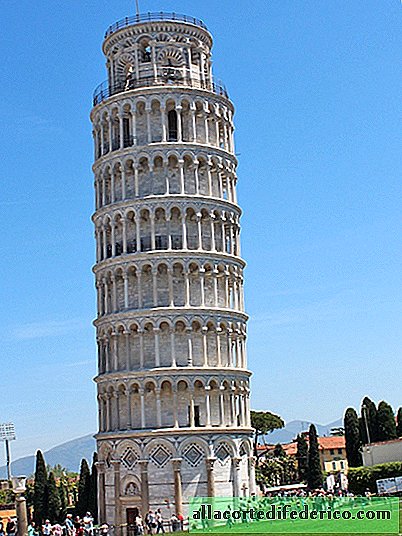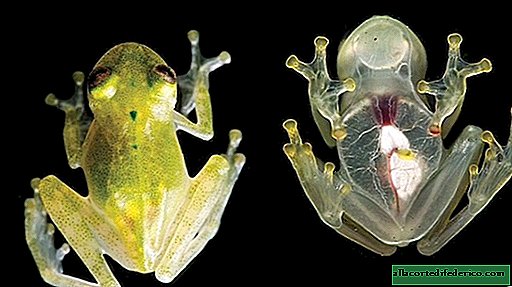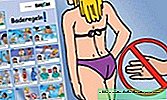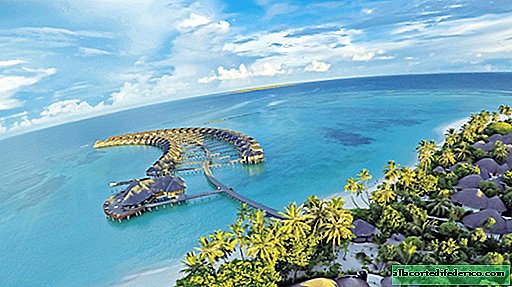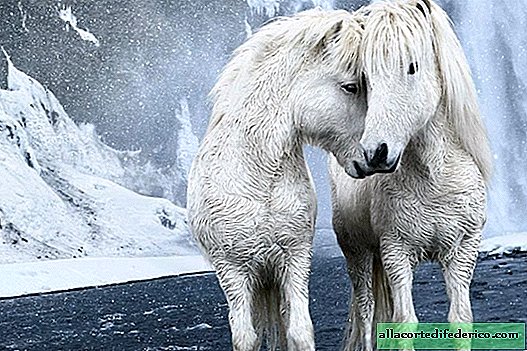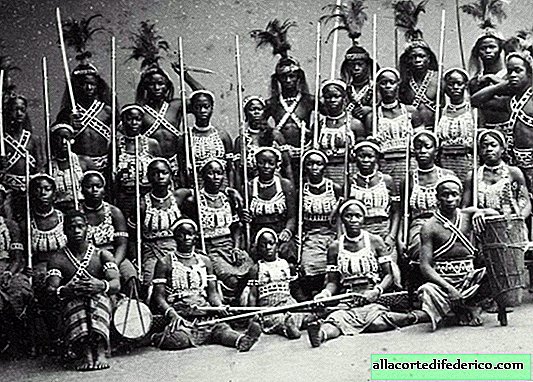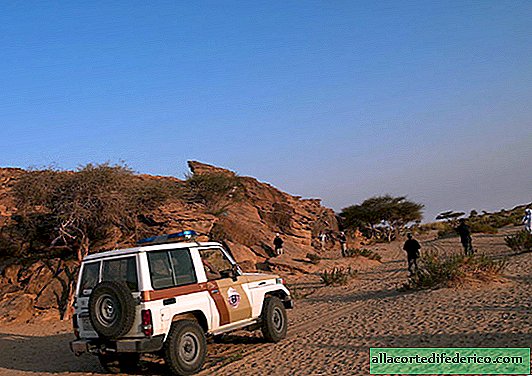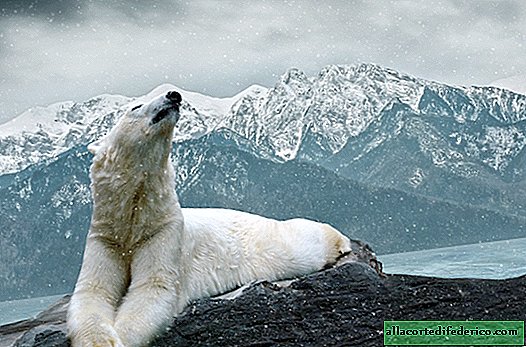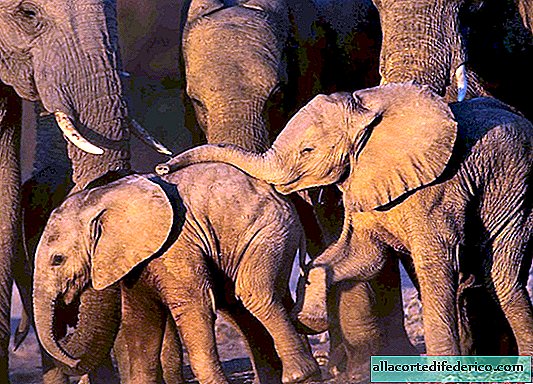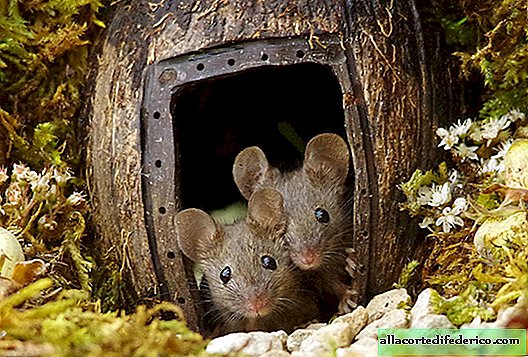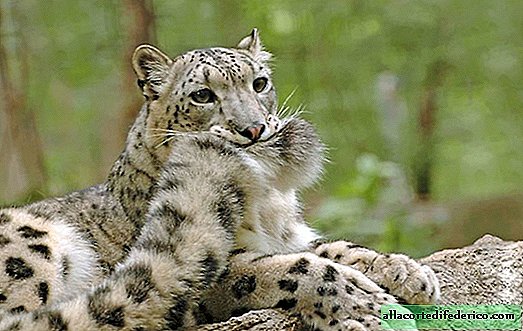Why Triceratops "lost their head"
Triceratops are herbivorous dinosaurs, but it's hard to call them peaceful. In nature, they are more likely to resemble rhinos: it is worth disturbing the thick-skinned, multi-ton huge, as it begins to carry everything in its path. Triceratops did this three times more efficiently, because they had three horns instead of one, and even a strong bone "frill" around the head. Moreover, most often archaeologists found just the skulls of dinosaurs, and not full skeletons. Therefore, the recent discovery of the almost completely preserved remains of Triceratops has caused such interest among scientists. But still, why did these wild-minded vegetarians constantly "lose their heads"?
Construction and archaeological work in progress
A construction team in Colorado at the end of August was forced to stop working on a new fire and police station when one of the workers stumbled upon a couple of bones from a Triceratops who lived more than 65 million years ago. Arriving at the site, paleontologists discovered the main parts of the skull, including fragments of the lower jaw and mouth, as well as horns above the eyes and parts of the meninges. But in addition, the team also found bones from the rest of the Triceratops body, including the vertebrae, ribs, and shoulder.
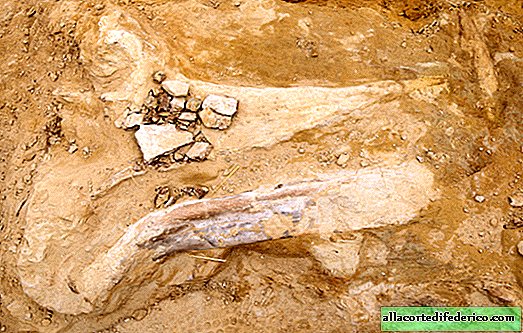
Triceratops were three-horned herbivores resembling rhinos that roamed the Denver Basin before they were destroyed along with their dinosaur brethren at the end of the Cretaceous 65 million years ago.
With a heavy head
In Montana and Dakota, hundreds of triceratops skulls were discovered at different times, but usually without any accompanying bones from the rest of the body. Only three three-horned skulls were found earlier in the Denver Basin. And of these three skulls, only one, discovered in the late 1980s near Brigsdale, Colorado, was discovered along with several other bones from an animal’s skeleton.

This strange feature of Triceratops is not related to the fact that their death somehow came from decapitation. Just after their death, the rivers and scavengers smashed the smaller bones of the body, while the powerful skull, crowned with horns and a bone shell, fused into a solid bone, remained in place.
Paleontologists note that the workers of the construction team reacted very correctly by stumbling upon the remains of a prehistoric animal. According to their assumptions, during various construction works many unique finds of the times of the dinosaurs could be destroyed.



